At a joint presentation in London, European low-cost carrier Wizz Air announced it has set a goal of powering 10% of its flights with sustainable aviation fuel by 2030, while its UK SAF partner Firefly unveiled plans for an initial sewage-to-SAF demo plant on the east coast of England. The fast-growing airline is looking to expand its current fleet of 206 Airbus narrowbody fleet to around 500 by the end of the decade and meeting its aspirational SAF target will require a significant ramp-up of SAF production and deployment, it acknowledged. Adopting a portfolio approach, Wizz Air has entered into a number of agreements, including a multi-year offtake with Firefly, which in turn has signed MoUs with industrial partners including Haltermann Carless, Petrofac, Chevron Lummus Global and Anglian Water. It hopes to construct an operational demo facility by 2027 and reach commercial-scale production by 2029 at an existing facility near the port of Harwich.
Following a collaboration with Airbus on a hydrogen project, Wizz Air has decided progress on this form of powering future aircraft is too slow and no longer fits with its medium to long term fleet strategy, and it is now fully focused on SAF, as well as ambitious fleet renewal and operational efficiency plans. In 2023, the airline achieved a record annual average CO2 intensity of 51.5 grams per passenger/km, a 6.8% year-on-year reduction, and has committed to reduce carbon emissions per passenger/km by 25% by 2030.
SAF will play a crucial role and is the game changer in reducing carbon emissions from aviation but there are big challenges over cost and availability, acknowledged Yvonne Moynihan, Corporate and ESG Officer at Wizz Air. “Therefore, we call on policymakers to address barriers to SAF deployment at scale by incentivising production, providing price support and embracing additional sustainable feedstocks for biofuel production,” she said.
As a low-cost fares airline, Wizz Air operates at secondary airports across Europe, where Moynihan fears SAF supplies are likely to be scarcer than at the main hubs. It is also competing with rival budget airline Ryanair for SAF, which has set an ambitious 12.5% by 2030 target. There is a reluctance by the carrier to pass on the SAF price premium to its customers, who she said were very price sensitive, and hopes policy incentives can relieve the cost burden.
“The more that policy can drive investment, the more likely the cost of SAF production can be lowered and therefore provide better availability and at lower prices so that we don’t need to pass them on,” she said, adding the airline favoured a Europe-wide SAF book-and-claim system in order to avoid the probability of large quantities of SAF being trucked around Europe to comply with the mandate rule that all EU airports will need to be supplied with the fuel regardless of where it is produced.
The airline has signed offtakes with producers for supplies in Europe but recognises it may have to import SAF from outside. In May 2023, along with low-cost carriers Frontier Airlines and Volaris, it joined a $50 million investment round in US SAF production startup CleanJoule, which included binding agreements by the three carriers to purchase up to 90 million gallons of SAF.
A £5 million equity investment in Firefly in April 2023 was Wizz Air’s first as a venture capitalist. “We hope this will encourage others in the industry to do the same thing,” said Moynihan. The funding will help Firefly with development, testing and qualification of its novel fuel produced through a new and as yet unapproved technology pathway.
Wizz Air will be Firefly’s launch customer, with production of first volumes slated for 2028/2029 and delivered for use by the airline at Luton Airport. The offtake agreement is across 15 years for 525,000 tonnes of SAF in total and carries a reported value of almost $1 billion, with a potential to save 1.5 million tonnes of CO2-eq over the period, say the partners.
Moynihan said the airline was attracted to the Firefly project by the low feedstock costs and an expected competitive SAF end-price. Firefly estimates human sewage sludge – or biosolids, the useful dry solid fraction of the sludge – has the global potential to produce around 40 billion litres of SAF per year. In the UK alone, the prospective production could amount to 224,000 tonnes of SAF. The company is claiming its fuel is projected to deliver a 90% reduction in GHG emissions compared to fossil jet fuel on a life-cycle basis.
The Firefly production process involves hydrothermal liquefaction, also called hydrous pyrolysis, that converts the biosolid feedstock to biocrude and then hydrotreated to produce sustainable transport fuel. Another by-product of the process is biochar, which can be used for soil enhancement and carbon sequestration. As the new pathway is still in the ASTM certification process, Firefly is unable to say what the maximum blend limit will be for the fuel but expects it to be at the higher end of the scale.
The company has entered into a number of MoUs with industrial partners on its first Firefly Harwich plant, although it is still pulling together the necessary investment. The initial pilot facility, on which Firefly expects to break ground “in the coming months”, will be built at a specialist refinery site that is being repurposed by German hydrocarbon-based production company Haltermann Carless, which also has SAF ambitions in its home country. In 2022, it commissioned a hydrogenation plant at its Speyer site, close to Frankfurt Airport. It is expecting to produce around 60,000 tonnes of SAF and renewable chemicals annually from 2026, based on the alcohol-to-jet process and using EU RED II certified raw materials such agricultural and forestry residues.
Halterman Carless has also just signed a MoU with electricity generation and renewable energy company RWE to develop a green hydrogen plant on the Harwich site that would enable CO2 emissions to be reduced from production. The partners have completed feasibility studies for a green electrolyser at the site and they report work is underway to assess both grid and water connections to enable the project to go ahead.
US company Chevron Lummus Global, a joint venture between energy giant Chevron and Lummus Technology to supply technology for the production of transportation fuels, will provide bespoke refinery infrastructure to the Firefly Harwich project. CLG has developed its ISOTERRA hydroprocessing technology to convert feedstocks into SAF or renewable diesel. The design and build of the Firefly pilot plant will be handled by energy industry services provider Petrofac, which has already completed the pre-FEED study for the facility.
The feedstock will be provided by Anglian Water, which provides water supply, sewerage and sewage treatment to the East of England.
“The signing of these agreements marks a significant leap forward in realising our ambitions to develop a sustainable SAF industry here in the UK,” said James Hygate, CEO of Firefly, which plans to build three plants in the country. “Opening up this new sewage pathway will bring new jobs and growth to the UK, helping us to secure a greener and more prosperous future.”
Image: Wizz Air


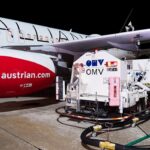
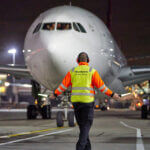
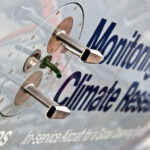


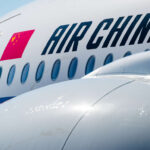
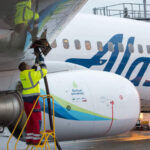
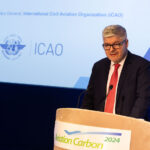
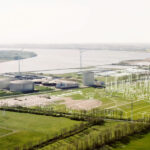
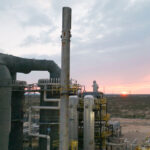

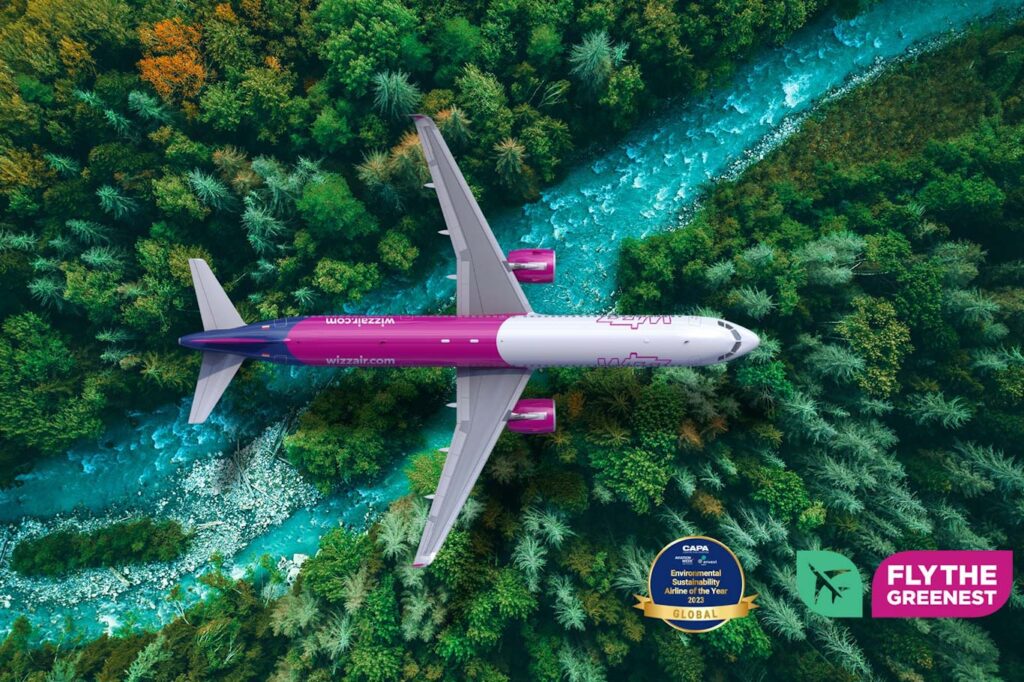
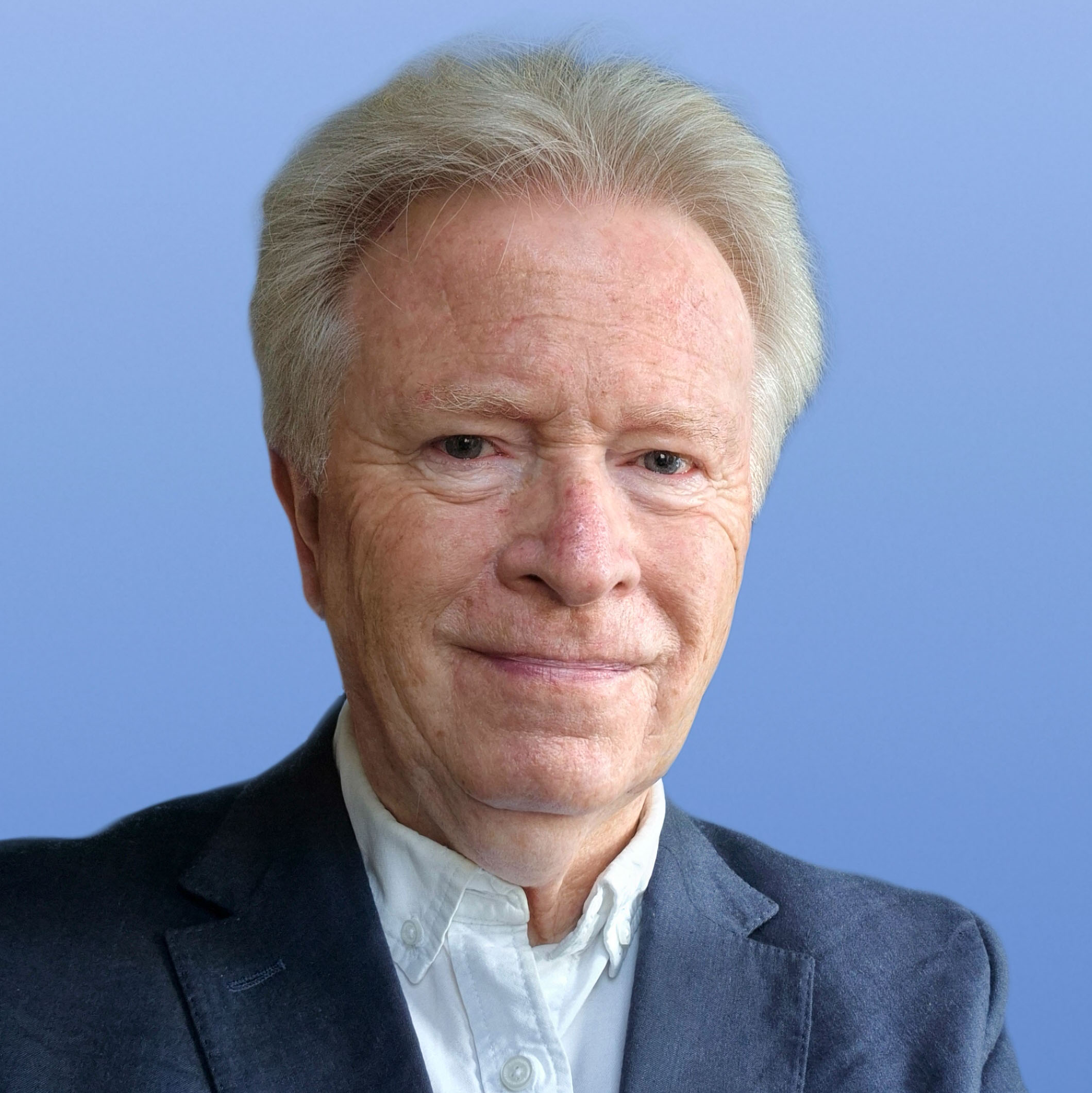

More News & Features
Progress on decarbonising the airline sector has been slow this year, says IATA chief
EASA releases status report on Europe’s SAF production and readiness to meet blending targets
UK government sets out new Jet Zero focus and launches consultation on CORSIA global emissions scheme
New study highlights differing strategies and barriers to decarbonising aviation in UK and Europe
New partnerships formed to drive e-SAF production in Nordic markets
IAG continues to go big on e-SAF as it inks 10-year offtake agreement with Infinium